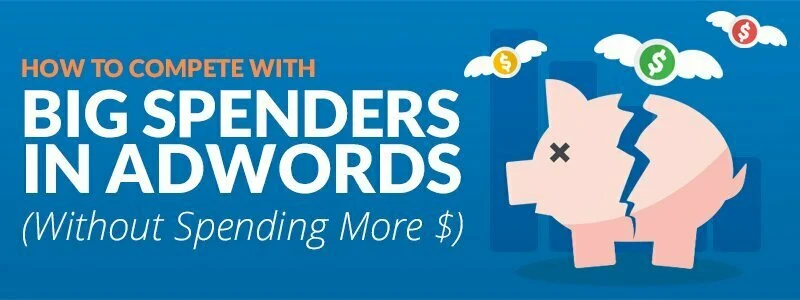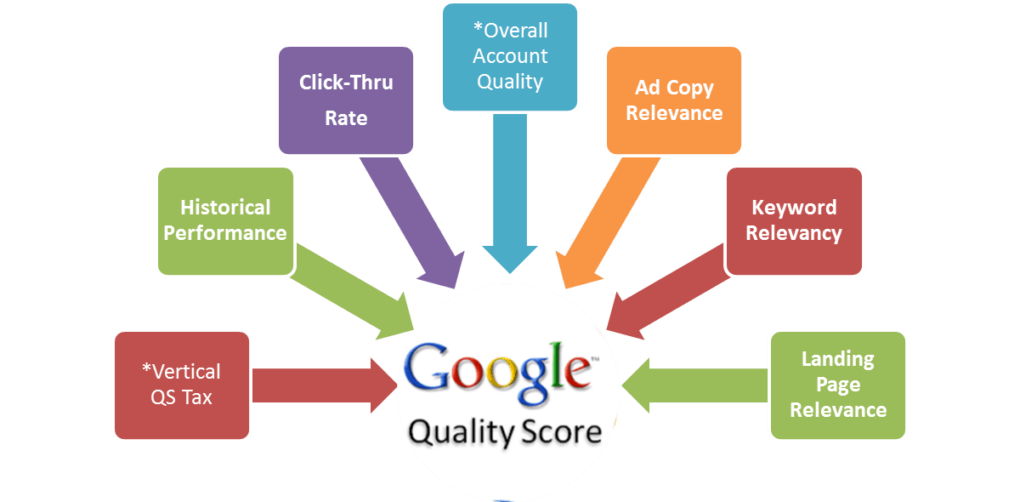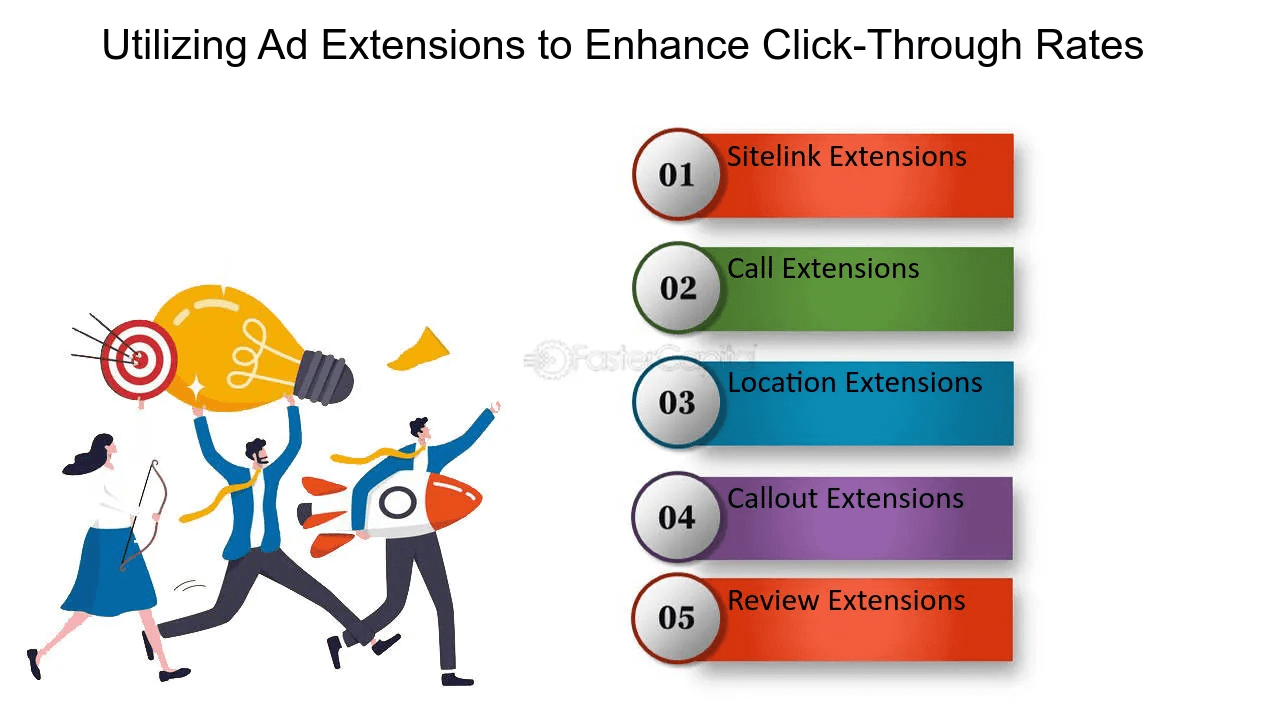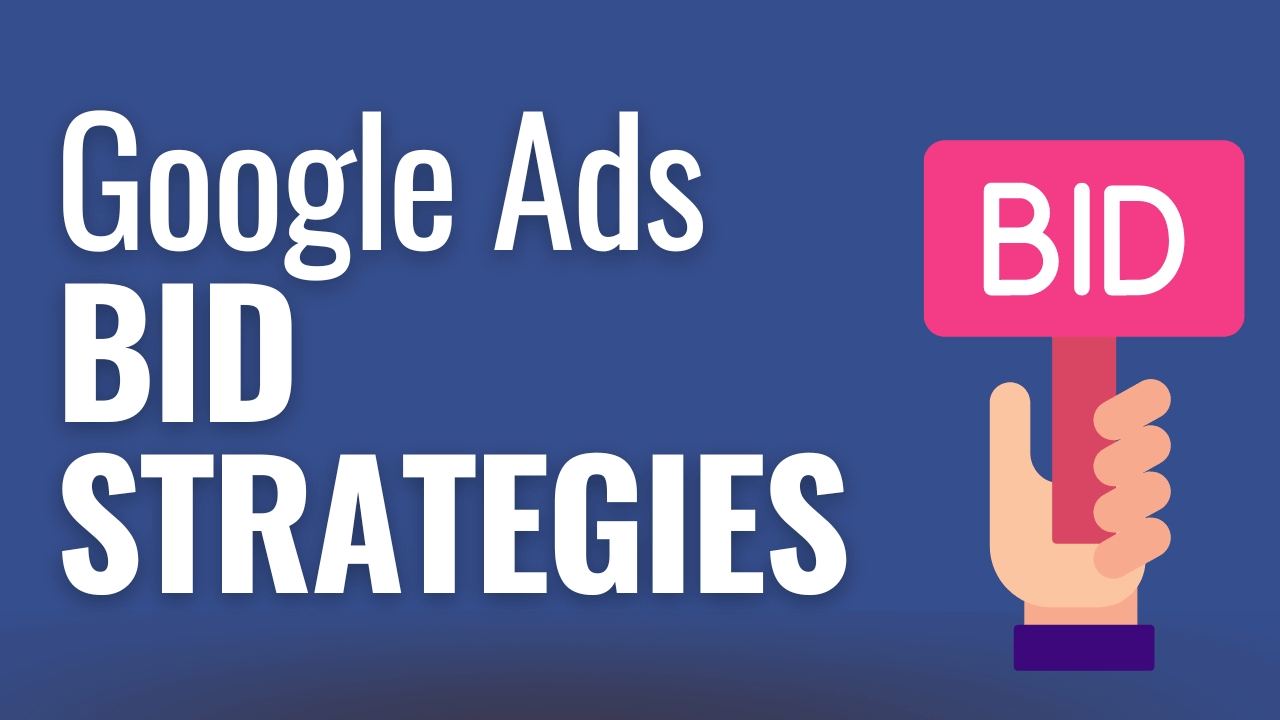Introduction
The Challenge of Competing with Big Spenders in Google Ads
In the world of Google Ads, competing with big spenders can feel like an uphill battle. Large companies with substantial budgets often dominate ad space, making it seem nearly impossible for smaller businesses to get noticed. However, this doesn’t mean you can’t succeed. Understanding the competitive landscape and leveraging smart strategies can level the playing field, allowing you to compete effectively without breaking the bank.
Understanding the Competitive Landscape
Big spenders have the advantage of larger budgets, but they often overlook the finer details that can make or break a campaign. By focusing on precision and quality, smaller businesses can carve out a niche and attract highly targeted traffic.
Why Small Budgets Can Still Win
Small budgets can win by being strategic. Leveraging long-tail keywords, crafting high-quality and relevant ad copy, optimizing landing pages, and focusing on Quality Score are just a few tactics that can make a big difference. Additionally, precise geographic and demographic targeting, realistic budgeting, and smart bidding strategies can further enhance your campaign’s performance.
This article will guide you through these strategies, providing practical examples and actionable tips. By the end, you’ll have a comprehensive understanding of how to compete with big spenders and make your Google Ads campaigns more effective and profitable. Let’s dive in and explore how you can maximize your advertising efforts.
Strategies to Compete Effectively
Leveraging Long-Tail Keywords
Understanding Long-Tail Keywords
To compete with big spenders, one of the most effective strategies is leveraging long-tail keywords. These are more specific keyword phrases that visitors are more likely to use when they’re closer to making a purchase or when they’re using voice search. Unlike broad keywords, long-tail keywords have lower search volumes but tend to attract highly targeted traffic.
Why Long-Tail Keywords Matter
Long-tail keywords matter because they allow you to target niche markets more effectively. For example, instead of targeting the broad keyword “running shoes,” you could target “best running shoes for flat feet.” This specificity means your ads will be shown to a more relevant audience, increasing the chances of conversions and reducing wasted ad spend.
How to Find Relevant Long-Tail Keywords
Finding relevant long-tail keywords requires a bit of research. Tools like Google Keyword Planner, Ubersuggest, and Answer the Public can help you identify phrases that potential customers are searching for. Look for keywords that are relevant to your products or services and that have a decent search volume but lower competition.
Implementing Long-Tail Keywords in Campaigns
Once you’ve identified the right long-tail keywords, the next step is to implement them in your campaigns. This involves creating ad groups focused on specific keywords and tailoring your ad copy to match these terms. For instance, if you’re targeting “affordable wedding photography packages,” your ad copy and landing page should reflect this exact offering.
Practical Examples and Best Practices
Using long-tail keywords effectively means continuously refining and optimizing your campaigns. Monitor the performance of your keywords, ad copy, and landing pages to ensure they are delivering the desired results. For example, if you notice that certain long-tail keywords are driving more conversions, allocate more budget to those keywords and create more targeted ad copy around them
Crafting High-Quality, Relevant Ad Copy
Once you’ve nailed down your keyword strategy, the next step is to ensure your ad copy is high-quality and relevant. Effective ad copy is crucial for capturing your audience’s attention and encouraging them to click on your ads.
The Importance of Relevance in Ad Copy
Relevance is key in ad copy. If your ads don’t resonate with your audience, they won’t perform well. For example, if you’re advertising “affordable wedding photography packages,” your ad copy should clearly highlight affordability and quality to attract potential customers looking for wedding photographers.
Writing Ads That Speak to Your Audience
Crafting an ad copy that speaks to your audience involves understanding their needs and pain points. Use clear, concise language and include a strong call-to-action. Highlight unique selling points, such as “50% off first booking” or “Award-winning wedding photography,” to make your ads stand out.
Using Ad Extensions to Enhance Visibility
To further enhance your ad visibility and provide more information to potential customers, utilize ad extensions. Ad extensions can improve your ad’s performance by giving users additional reasons to click.
Types of Ad Extensions and Their Benefits
There are various ad extensions available, such as site link extensions, call extensions, and location extensions. Each type of extension offers unique benefits. For example, site link extensions can direct users to specific pages on your website, such as “Pricing” or “Testimonials,” while call extensions allow users to call your business directly from the ad.
Optimizing Landing Pages for Conversions
High-quality ad copy must be paired with optimized landing pages to ensure a seamless user experience and boost conversions. A well-designed landing page that aligns with your ad copy is crucial for converting clicks into customers.
Ensuring Consistency Between Ads and Landing Pages
Consistency between your ads and landing pages is essential. If your ad promises “50% off wedding photography packages,” the landing page should prominently feature this offer. Any inconsistency can lead to confusion and higher bounce rates.
Designing Landing Pages That Convert
To design landing pages that convert, focus on clarity, simplicity, and a strong call-to-action. Use engaging visuals and concise text to convey your message effectively. Testimonials, reviews, and clear benefits of your product or service can also enhance trust and encourage conversions.
Speed and Usability Considerations
A slow or difficult-to-navigate landing page can deter potential customers, even if your ad copy is compelling. Ensuring your landing pages are fast and user-friendly is critical for keeping visitors engaged.
Tools and Tips for Improving Page Speed
Use tools like Google PageSpeed Insights to analyze and improve your landing page speed. Optimize images, leverage browser caching, and minimize code to enhance performance. Ensuring your site is mobile-friendly is also crucial, as many users will access your ads and landing pages from their phones.
Focusing on Quality Score
After optimizing your ad copy and landing pages, the next crucial step in your Google Ads strategy is focusing on Quality Score. Quality Score is a key metric that Google uses to determine the relevance and effectiveness of your ads, and it directly affects your ad placement and cost-per-click.
What is Quality Score and Why It Matters
Quality Score is a rating from 1 to 10 that Google assigns to your keywords based on their relevance and performance. It’s made up of three main components: Keyword Relevance, Ad Relevance, and Landing Page Experience. A higher Quality Score means better ad placements and lower costs, which can make a big difference in competing with larger advertisers.
Components of Quality Score
- 1. Keyword Relevance: How well your chosen keywords match the search intent of your target audience.
- Ad Relevance: How closely your ad copy aligns with the keywords and the user’s search query.
- Landing Page Experience: How user-friendly and relevant your landing page is compared to your ad.
Strategies to Improve Quality Score
Improving your Quality Score involves refining your keywords, ad copy, and landing pages.
Keyword Relevance, Ad Relevance, and Landing Page Experience
To boost your Quality Score, start by ensuring your keywords are specific and relevant. Craft ad copy that directly addresses users’ needs and highlights your unique selling points. For your landing page, make sure it is easy to navigate, matches the ad’s promises, and loads quickly.
Using Geographic and Demographic Targeting
Once you’ve enhanced your Quality Score, the next step is to refine your targeting strategies to reach the right audience more effectively.
The Benefits of Precise Targeting
Precise targeting through geographic and demographic filters helps you reach users who are more likely to convert, making your budget work harder for you. Instead of casting a wide net, you can focus your efforts on specific regions and demographics that are most relevant to your business.
How to Implement Geographic Targeting
Geographic targeting allows you to show your ads in specific locations. For instance, if you’re a local bakery, you can set your ads to appear only to users within a certain radius of your store. This focused approach increases the chances of attracting local customers who are more likely to visit your bakery.
Utilizing Demographic Targeting for Better ROI
Demographic targeting lets you narrow your audience based on factors like age, gender, and income. By targeting specific demographics, you can tailor your ads to the people most likely to be interested in your products or services.
Practical Examples of Effective Targeting
For example, if you sell high-end cosmetics, you might target women aged 25-45 with a higher income. Or, if you offer family-friendly vacation packages, you might focus on parents with young children. By honing in on these groups, you increase the relevance of your ads and improve your return on investment.
Advanced Techniques to Gain an Edge
Setting Realistic Budgets and Bids
Now that you’ve fine-tuned your ad copy, optimized your landing pages, and refined your targeting strategies, it’s time to focus on setting realistic budgets and bids to make the most out of your Google Ads campaigns. Balancing your budget and choosing the right bidding strategies can help you compete effectively, even against big spenders.
How to Determine an Effective Budget
Determining an effective budget starts with understanding your campaign goals and aligning your spend with these objectives. A well-thought-out budget ensures you’re investing in the right areas without overspending.
Balancing Budget with Campaign Goals
Start by defining what you want to achieve—whether it’s brand awareness, lead generation, or direct sales. Break down your goals into measurable metrics, such as cost-per-click (CPC), click-through rate (CTR), and conversion rate. Allocate your budget based on these goals, focusing more on high-performing keywords and strategies that deliver the best results. For instance, if your goal is to increase website traffic, invest more in high-quality keywords and ads that drive clicks.
H3: Smart Bidding Strategies for Small Budgets
With your budget in place, the next step is to choose the right bidding strategies. Smart bidding can help you maximize your budget’s effectiveness.
Automated Bidding vs. Manual Bidding
Automated bidding uses Google’s algorithms to adjust your bids in real-time, aiming to meet your goals at the lowest possible cost. Strategies like Target CPA (Cost Per Acquisition) or Maximize Conversions are great for small budgets. Manual bidding gives you more control but requires constant adjustments. For example, you might use automated bidding to manage bids for specific keywords and manual bidding for niche keywords where you can afford to invest a bit more.
Utilizing Remarketing Strategies
With your budget and bids set, it’s time to explore advanced techniques like remarketing to get an extra edge over competitors. Remarketing allows you to reconnect with users who have interacted with your website or ads but didn’t convert.
What is Remarketing and How It Works
Remarketing involves targeting users who have previously visited your site or interacted with your ads. This technique keeps your brand top-of-mind for users who didn’t convert on their first visit.
Types of Remarketing Campaigns
There are several types of remarketing campaigns:
– Standard Remarketing: Shows ads to previous visitors based on their past interactions.
– Dynamic Remarketing: Displays ads with products or services the user viewed but didn’t purchase.
-Remarketing Lists for Search Ads (RLSA: Targets users who previously visited your site but now search with different queries.
Best Practices for Effective Remarketing
To make the most of remarketing, you need to craft targeted lists and segments for different user behaviors.
Crafting Remarketing Lists and Segments
Create specific remarketing lists based on user actions, such as users who abandoned their cart or those who viewed multiple pages. Design customized ads for each segment to address their specific needs and encourage them to return and complete their purchase.
Analyzing Competitor Strategies
With your budget optimized, remarketing strategies in place, and your ad copy and landing pages fine-tuned, it’s time to look at what your competitors are doing. Analyzing competitor strategies can reveal valuable insights and help you find new opportunities to enhance your own Google Ads campaigns.
Tools for Competitor Analysis
Understanding your competition is essential for refining your ad campaigns. Competitor analysis helps you see what works for others and where you can differentiate yourself.
Identifying Competitor Keywords and Ads
Start by using tools like SEMrush, Ahrefs, and SpyFu to uncover the keywords your competitors are targeting and analyze their ad copy. For example, if you notice that competitors are bidding on certain high-value keywords, you can adjust your strategy to focus on related but less competitive long-tail keywords. Additionally, look at their ad copy for inspiration—identify what messaging and offers they use, and find ways to make your ads stand out.
Adapting and Improving Upon Competitor Tactics
Once you’ve gathered insights from your competitors, the next step is to adapt and improve upon their strategies to gain a competitive edge.
Staying Ahead with Continuous Monitoring
Continuously monitor your competitors’ campaigns to stay ahead. Set up alerts for changes in their ad strategies and keep an eye on their new keywords and offers. For example, if a competitor starts using a new ad extension or running a special promotion, adjust your campaigns accordingly to ensure you’re offering something better or unique. Regularly review performance metrics and adapt your tactics to refine your approach and stay competitive.
Conclusion
Recap of Common Mistakes and Their Solutions
As we wrap up our exploration of how to compete with big spenders in Google Ads, let’s revisit the key strategies we’ve discussed and how they can help you enhance your campaigns. We started by understanding the importance of leveraging long-tail keywords to target more specific and relevant search queries. You learned how to craft high-quality, relevant ad copy that resonates with your audience and utilize ad extensions to boost your visibility. We then discussed optimizing your landing pages to ensure consistency and improve user experience, along with focusing on Quality Score to achieve better ad placements and lower costs.
We also covered advanced techniques like setting realistic budgets and choosing the right bidding strategies for your small budget. You discovered the power of remarketing to re-engage potential customers and the benefits of analyzing competitor strategies to find new opportunities and stay ahead. Each of these strategies builds on the others, creating a comprehensive approach to managing and optimizing your Google Ads campaigns.
Encouragement to Take Action and Optimize Campaigns
Now that you have a toolkit of proven strategies, it’s time to put them into action. Take what you’ve learned and start applying these techniques to your Google Ads campaigns. Begin by refining your keywords, optimizing your ad copy, and improving your landing pages. Implement smart bidding strategies and set up remarketing campaigns to capture lost opportunities.
Remember, the key to success in Google Ads isn’t just about spending more money but about working smarter. By focusing on the details and continually refining your approach, you can compete effectively with big spenders and achieve your advertising goals. Don’t wait—take the insights from this article and start optimizing your campaigns today for better results and a stronger online presence.





